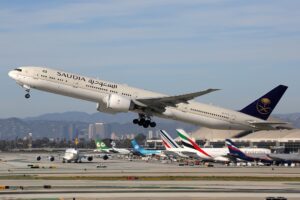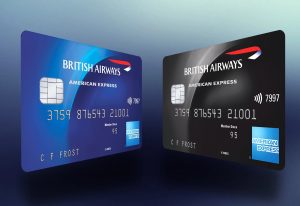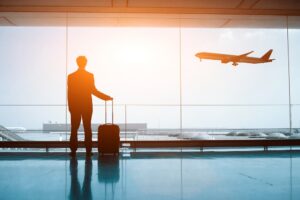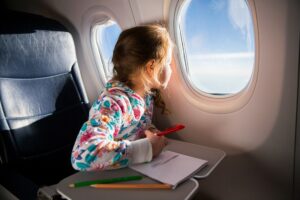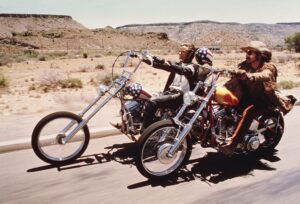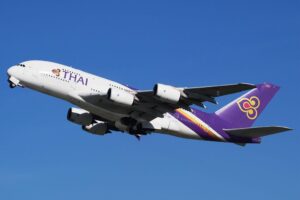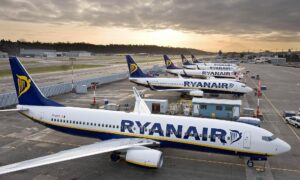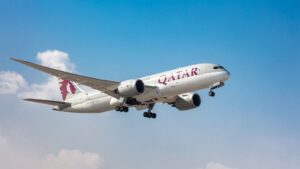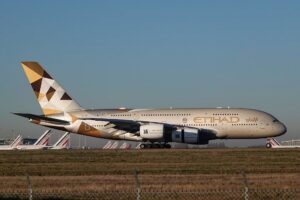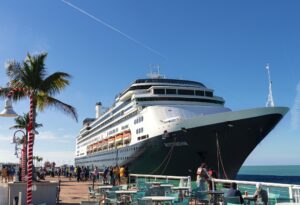Is there a risk of catching Covid 19 when flying?
28th September 2020
5 min. read
1194
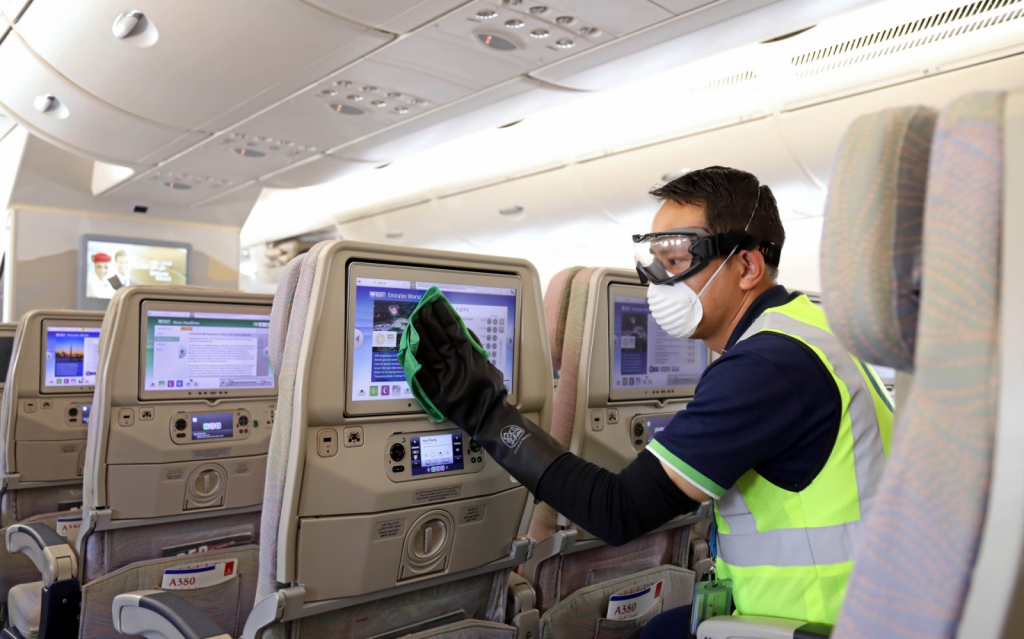
If you decide to fly, the odds that you will pick up Covid-19 are low, according to one expert analysis. Despite the known dangers of crowded, enclosed spaces, planes have not been the sites of so-called superspreading events, at least so far.
That’s not to say flying is perfectly safe — safety is relative and subjective. But as restrictions continue to change, the only way to move forward through this long pandemic is to start thinking in terms of risk-benefit ratios. Very little is without risk, but perhaps some risks — such as flying — are small enough to warrant taking.
Arnold Barnett, a professor of management science at the Massachusetts Institute of Technology, has been trying to quantify the odds of catching Covid-19 from flying. He’s factored in a bunch of variables, including the odds of being seated near someone in the infectious stage of the disease, and the odds that the protection of masks (now required on most flights) will fail. He’s accounted for the way air is constantly renewed in airplane cabins, which experts say makes it very unlikely you’ll contract the disease from people who aren’t in your immediate vicinity — your row, or, to a lesser extent, the person across the aisle, the people ahead of you or the people behind you.
What Barnett came up with was that we have about a 1/4300 chance of getting Covid-19 on a full 2-hour flight — that is, about 1 in 4300 passengers will pick up the virus, on average. The odds of getting the virus are about half that, 1/7700, if airlines leave the middle seat empty. He’s posted his results as a not-yet-peer-reviewed preprint.
The odds of dying of a case contracted in flight, he found, are even lower — between 1 in 400,000 and 1 in 600,000 — depending on your age and other risk factors. To put that in perspective, those odds are comparable to the average risk of getting a fatal case in a typical two hours on the ground.
The numbers all sound low enough, though Barnett says they are still high compared to the 1 in 34 million odds your flight will end in a deadly crash. He told me he wouldn’t fly right now because his age, 72, puts him at higher risk than the average American, and he says you have to consider the risk of adding to the problem by getting the virus and unknowingly passing it on to others.
Other experts have been mixed on whether they, personally, would fly. The Boston Globe recently reported that of 15 epidemiologists and infectious disease experts surveyed, 13 said they would not fly at this time — however it wasn’t clear whether they had any reason to get on a plane.
University of Massachusetts biology professor Erin Bromage says he is flying every week, as he advises federal, state and district courts on how to reopen while minimizing risks. Whereas many experts are taking a zero-tolerance for risk approach, he’s trying to find a middle ground — and helping others do it in a rational way.
Drawing on a background in industrial mechanics and pilot training (an injury forced him to switch career paths into biology), Bromage says that the air exchange system in planes is better than in hospitals, with the air in the cabin being completely replaced 30 times every hour. He agrees with MIT’s Barnett, though, that it’s possible to transmit the disease to or from your close neighbors.
He and Barnett both suggested that customers should, if possible, choose an airline, such as Jet Blue, that promises to keep the middle seat open. That cuts way back on the odds of getting or giving the virus. JetBlue also promises that solo travelers won’t have a neighbor in a two-seat row.
Real-world data bodes well for flying, too. Australia has been using contact tracing to investigate Covid transmission on hundreds of flights, and has found that while infected people got on planes, nobody got infected on a plane. Worldwide, there have been a couple of individual transmissions possibly linked to flights, but no superspreading-type events.
Assuming we’ll be living with this disease for months to come, we will need ways to separate low-risk activities from high-risk ones. Keeping informed of relative risks can help us do that. By worrying less about the relatively safer part of a trip — the actual flight — we can pay more attention to the potentially riskier parts, such as crowds and tightly packed lines at the airport.
Of course, we’re all obligated to avoid adding to the spread of the disease, and this means taking precautions in the air, such as wearing a mask and staying home if sick, and keeping a distance from others at the airport.
What happens at your destination matters too. Traveling around and mingling with distant contacts can increase the risk of spreading the virus more than mingling with a comparable number of people closer to home. So people can help themselves and others by driving their own cars to the airport and renting cars wherever they arrive, rather than taking taxis or ride-shares.
In the old normal, Bromage would wrap up his advisory duties and have dinner with the people he’s working with. Now, he just goes back to his hotel room. “It’s quite lonely,” he says. Like so much this year, it’s a compromise.
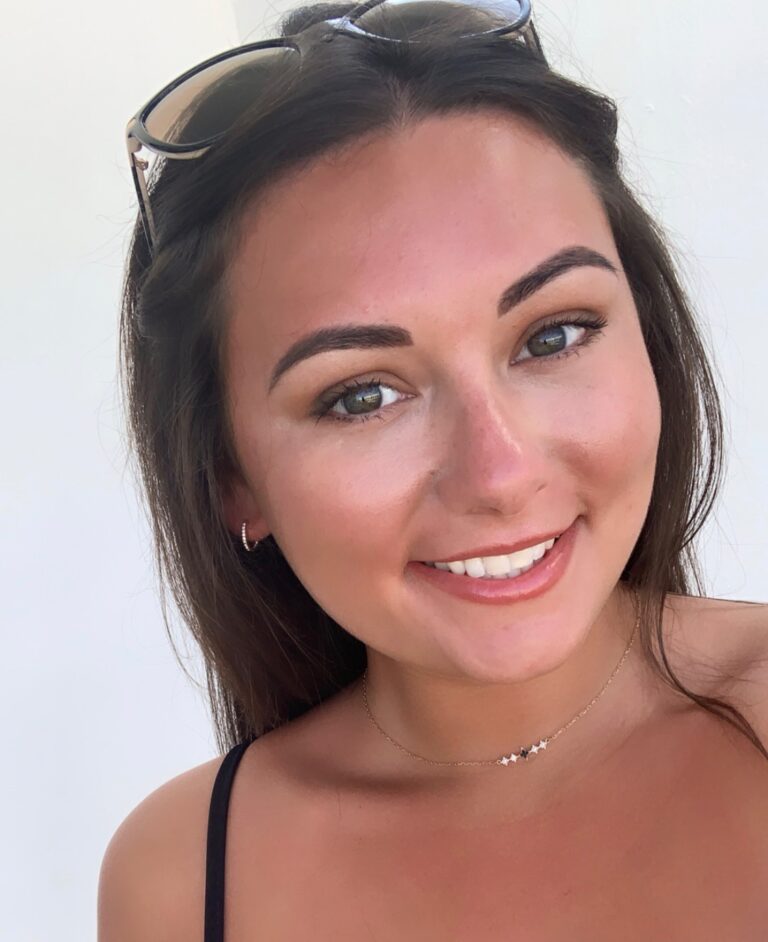
Loran Smallwood
Wilmslow, Lancashire
Travel Concierge Club
07311629302
loran@travelconcierge.club
Specialist Area:
Weddings and Honeymoon, Spa & Wellness, Safari, Romantic, Luxury, Diving and Snorkeling, Beaches
View ProfileRelated Articles
Related News
Related Offers
SIGN UP FOR OUR MAILING LIST
Enter your email address and receive daily or weekly updates with the latest articles, news and videos.Copyright © 2021 Experienced Travellers Ltd. Experienced Travellers Ltd is not responsible for the content of external sites. Read about our approach external linking.



